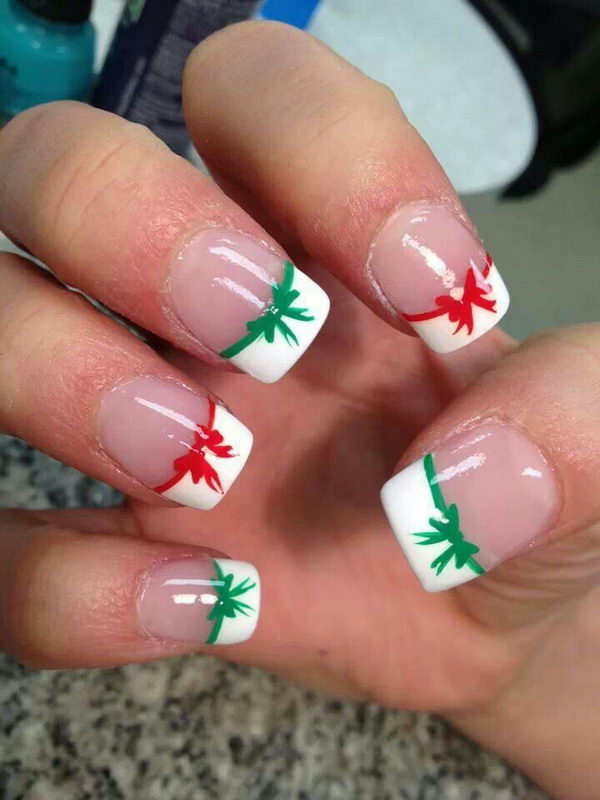Table of Content
Start by gently massaging your puppy’s mouth for 30 seconds a day. When your puppy gets used to this, move on to the teeth and gums. Eventually, you can upgrade to a pet toothbrush to get those teeth clean and healthy.
So before you pick up the poop in a doggy bag, you should inspect it. Luckily, once you survive the first week with a new puppy, you will have an idea of how many times puppies should poop in a day and what is normal for your pup. More often than not, a healthy puppy will need to defecate after eating or within 30 minutes after the meal. Therefore, if you feed your puppy four times a day, you should expect a minimum of four poops each day.
What Can Cause Puppies To Poop More?
Puppies should not be left alone for long periods of time. Puppies need food, attention, and bathroom breaks in order to grow and thrive. The AKC recommends not letting your puppy stay alone for more hours than they are months old. If you are struggling to get back to your puppies in a timely manner you might need to ask for help. Puppies can be a lot of work, and speaking of work, that is where most people need to be on a regular basis.

Once you have your new puppy home, it is time to start training. While labs don’t need much exercise or stimulation, they do need several hours of sleep each day. To help them learn the proper routine, you can use a crate to guide them to the bathroom.
What’s the Best Age to Bring Your New Puppy Home?
A travel crate or cage may be confronting at first but with some friendly play and a treat, he’ll soon get used to it and enjoy the security it brings. Make sure you choose something that can be secured and covered. Some car travel products are open which are really no safer than a cardboard box. Whilst a seat belt harness or car guard may be appropriate for an adult dog, a puppy is best transported in a pet carrier or cage. You can also do some research into what kind of food you will want to feed your new dog, if you don’t already know. Most lines of food have puppy options as well as adult dog formulas so you can keep the same brand for the life of your dog.

While no one expects you to start digging and sifting through your puppy’s poop, you should be able to determine its content by looking at it. However, if your pup has diarrhea or constipation for more than two days, you should take them to the veterinarian for a full checkup. However, if you pay close attention to your puppy, you will notice that they are straining and having a hard time pooping when constipated.
One-on-One Introductions – Socializing Your Puppy
You and your family are excited because your new puppy will be coming home soon. But you need to know more than just how to bring a puppy home in the car. You will still have to work on this with your puppy, but taking him or her home at 6 weeks means you have to do a lot more of this teaching. Once you’re home, take the puppy outside so he can do his business.

If you are changing food types from what the puppy is used to, do so gradually. Ask the breeder what the puppy is used to, and mix the food you prefer with this old food for several days. Each breed needs a different amount of exercise, so a good place to start is understanding your breed of puppy. Large species grow quickly and mature slowly, which means you may have to put off some agility and training exercises until they are older. But be careful - too much puppy exercise results in exhaustion and joint damage, especially in larger breeds.
Even if you’ve owned dogs before, you might get caught off guard by the amount of eating and pooping that is involved with raising a new puppy. There are several reasons why you should wait to get a puppy. The first is because a puppy needs the help of its mother until it is fully weaned. This process typically begins around the third or fourth week and takes a few weeks. If the mother is fearful, the puppy will most likely stay close to her and growl. Every three hours you will want to wake up and take them outside.
Socialization also extends to people, places, sounds and much more. Resist the temptation to let the puppy sleep in bed with you the first night! Crate training takes time, effort, and persistence on your part but it will give your puppy an excellent place that they can call their own. They can always retreat to this kennel and crate if they’re feeling threatened or just want a place to relax. Teaching that starts early and when you let them sleep in the bed, they miss out on the first night in their new room. Everyone likes to have their own space to relax and sleep securely and puppies are no different.
If you have brought home a puppy that is 8 weeks then beware from the start. Thus anything that is heard by the puppy or done to this puppy could cause fear that lasts a long time and takes a while for him to grow out of . So you will have to be more patient during this age and let your new puppy take the time needed to explore and adjust.
Puppies use their mouths to explore the world and to play with other puppies. It is very normal for most pups and owners to experience some difficulties within the first few days of arriving. It can’t be helped with the world of his litter mates suddenly gone and an entirely new world thrown upon them.
You can even feed them in their crate to create a positive environment. Then there are the puppies that are not motivated by food at all! For those puppies, try to find a toy they enjoy that they can get when they do a good job.
You can swap the food bowl for a puzzle toy, snuffle mat, or slow feeder to boost their cognitive skills—smell, sight, hearing, and more! Certain games like hide-and-seek can also ignite important brain functions tied to problem solving and other abilities. In the future, you can also explore higher level mental stimulation through scent/nose work and more challenging puzzle toys. Chewy Claus is spreading cheer and filling holiday lists this year!
Some people swear by putting a ticking clock under a hot water bottle wrapped in a blanket to mimic the sound of their mother’s heart beating. Potty training is one of the most important things to focus on for the first few weeks. After you have taken your puppy out for their first potty break, you will need to take them outside every two hours. This may be hard, but during their first few hours, do not have every family member crowded around talking loudly. Only one or two people should be present, and you should avoid any sudden movements or loud sounds.
You can also take toys and/or blankets for your puppy and leave them with the breeder or rescue for a few days before you pick up your puppy, to bring back with you on moving day. You can bring your puppy home from the breeder’s office or from the shelter. When you bring your puppy home, it should be trained to be on a schedule and have multiple pee breaks throughout the day. It is advisable to introduce your puppy to water in the early stages. If you have a backyard, you can build a swimming pool for your dog.

No comments:
Post a Comment